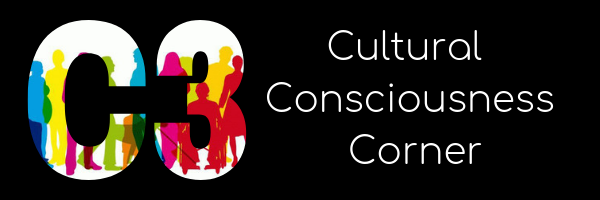Supporting Children in LGBT-Headed Families


Early childhood programs can partner with parents to create a safe and nurturing environment for children. Get to know the parents who identify as LGBT and recognize that each family is unique. Ask the same kinds of questions you ask other families. Also, ask some questions specific to their family, such as:
- “What name does your child call you?” (for example, Papa or Daddy).
- “How would you like us to refer to you when talking with your child?”
- “How would you like me to describe your family to others (other children/other adults)?”
- “How would you like me to respond to questions about your family?”
Understand that parents who identify as LGBT will have individual preferences about the openness of their family. Some parents are private. Some parents who identify as LGBT may not feel safe or be comfortable with sharing details about their home life or family relationships. Some parents who identify as LGBT may be “out” in one aspect of their lives but not in others. (The phrase “being out” means a person has openly shared that they self-identify as LGBT.) For example, someone who is “out” to friends and family may not be “out” at work. This means they may not be comfortable with your sharing that they identify as LGBT with others without their permission. When and how to come out is a personal decision and is different for everyone.
Create a welcoming environment for parents/guardians who identify as LGBT. There are specific opportunities to make your environment welcoming and nurturing for members of LGBT-headed families.
- Make intake, enrollment, and other program forms reflect language that is welcoming to all kinds of families. For example, change the spaces that request the names of “father” and “mother” to “parent,” “guardian,” or “parent/guardian.”
- In written communications, address families using inclusive phrases such as “Dear Parents and Guardians,” or “Dear Families.”
- Make diverse images more visible in your program—consider pictures on the walls and photos in marketing brochures. Look for opportunities to share images of all kinds of families, including parents who identify as LGBT and their children. Have inclusive children’s books available and read them to the class.
- Put signs or posters on the walls to welcome families and their children. For example, signs could say, “We welcome ALL families and children!” or “ALL families welcome here!” This signals to parents that you are accepting of diversity.
- Personally invite parents who identify as LGBT to participate in program activities—especially if you sense they seem uncomfortable.
Develop an affirming and welcoming environment for all children. Listen for and intervene in hurtful or biased comments from children, whether about a child’s family, skin color, age, gender, or another personal characteristic. Help children learn to speak up for themselves and speak up for others. Help children feel proud of themselves and their families. Make your program a safe space where children can come to you if they feel hurt or confused about another child’s comments.
Be ready to answer questions from children about LGBT-headed families. Children are curious and want to know about everything they see and hear. They may have questions such as, “Why does my friend have two moms?” You could say, “She has two moms who love each other and who love and take care of her, just like your grandma takes care of you.” They might ask, “Where is Isaac’s mom?” (pointing at Isaac’s two dads).” You could say, “Isaac has two dads instead of a mom and a dad. That’s who is in his family. A family can be made up of many different people.” Keep your answers simple and straightforward. In a group of children, you can invite discussion about different kinds of families and the things that families have in common. Focus on love, relationships, and caregiving. For example, “Let’s talk about who takes care of us at home.”
Practice addressing discomfort about LGBT-headed families in your program. For example, prepare in advance a response to use if you hear adults saying insensitive things. You could say, “It seems you are uncomfortable with having a family with parents who identify as LGBT in our program. Our goal is to maintain the dignity and safety of all our children and families.”
Resources for additional learning:
https://eclkc.ohs.acf.hhs.gov/sites/default/files/pdf/lgbt-resources.pdf
http://www.welcomingschools.org/pages/checklist-for-a-welcoming-and-inclusive-school-environment/

